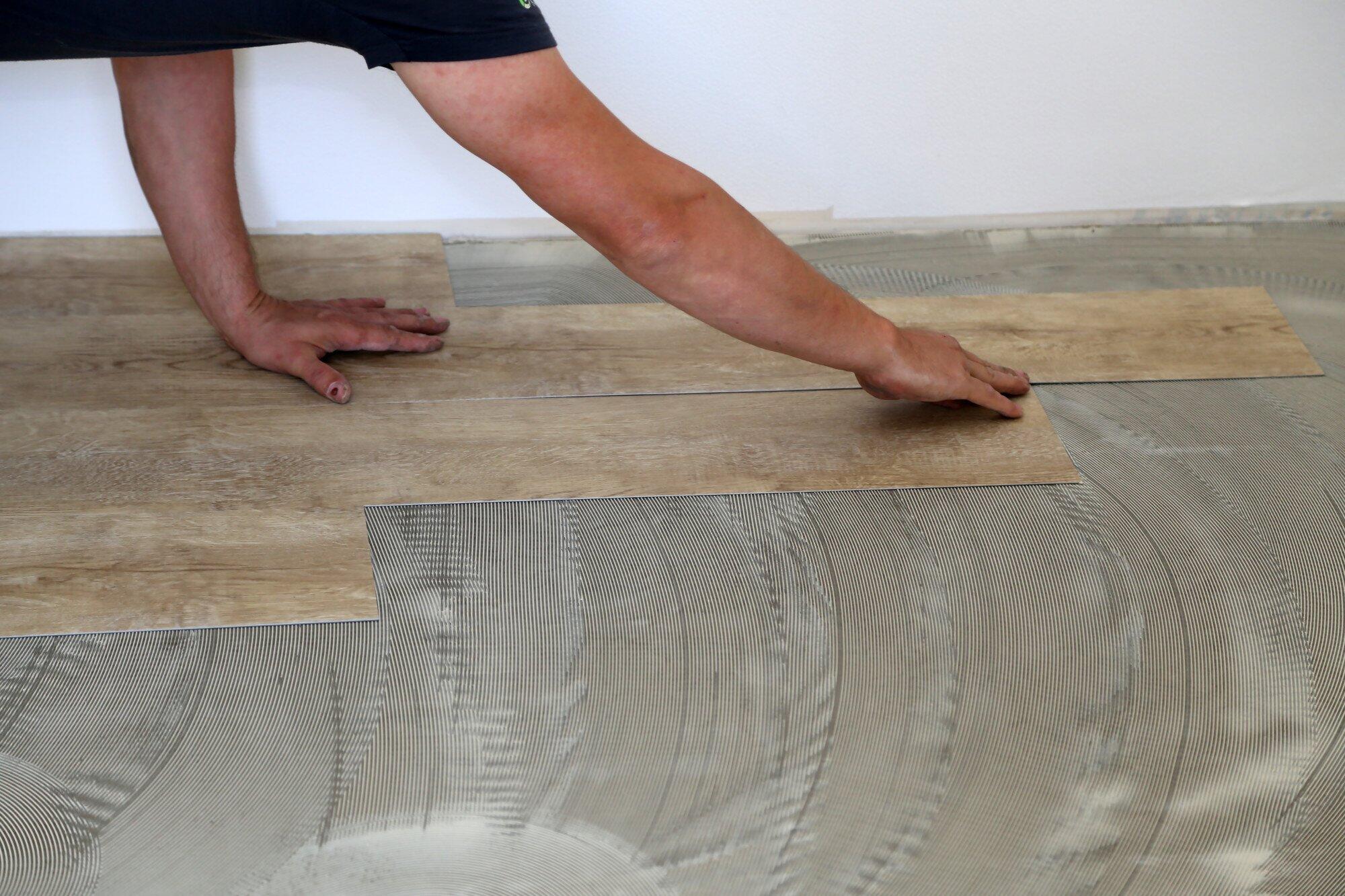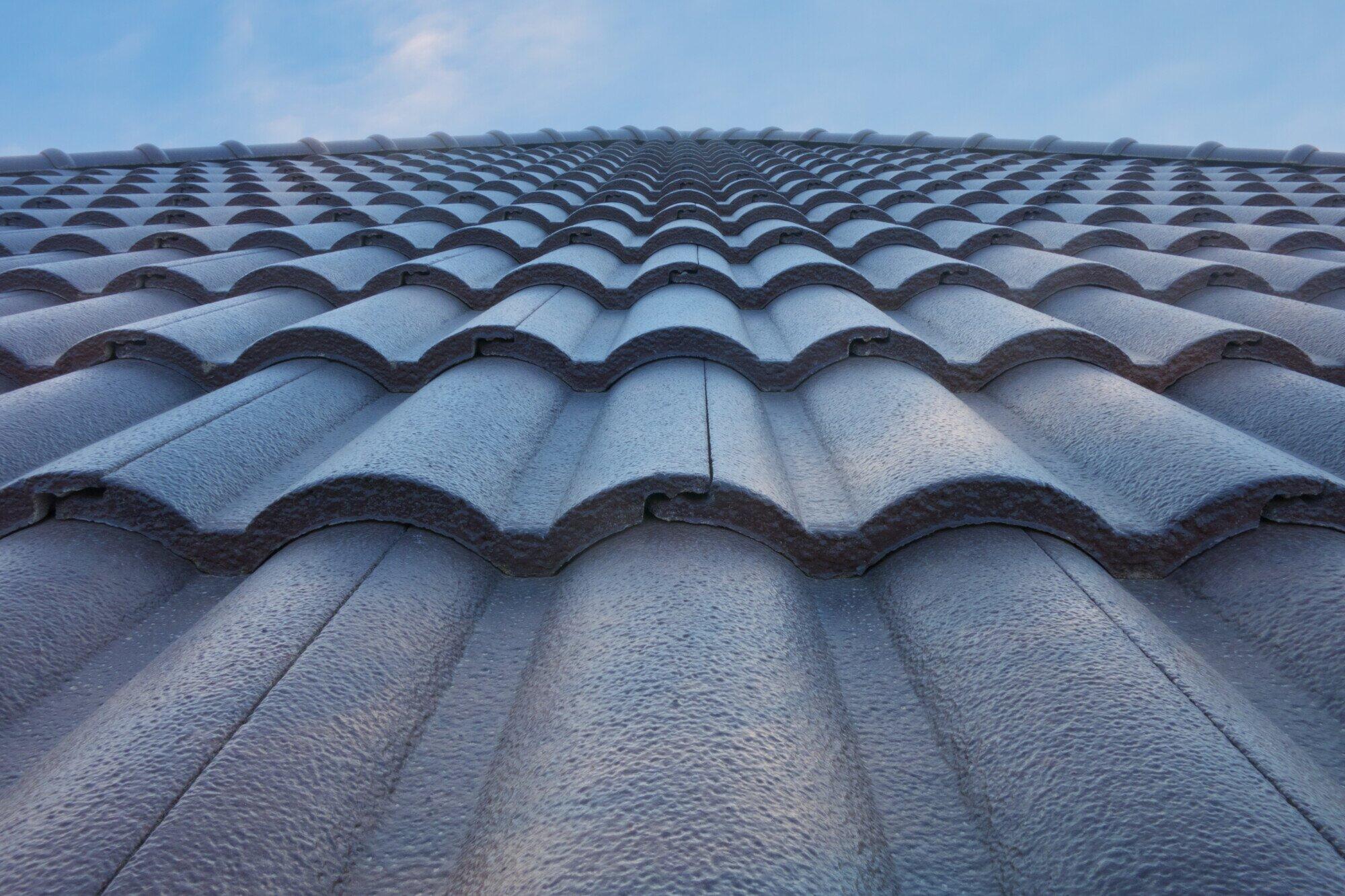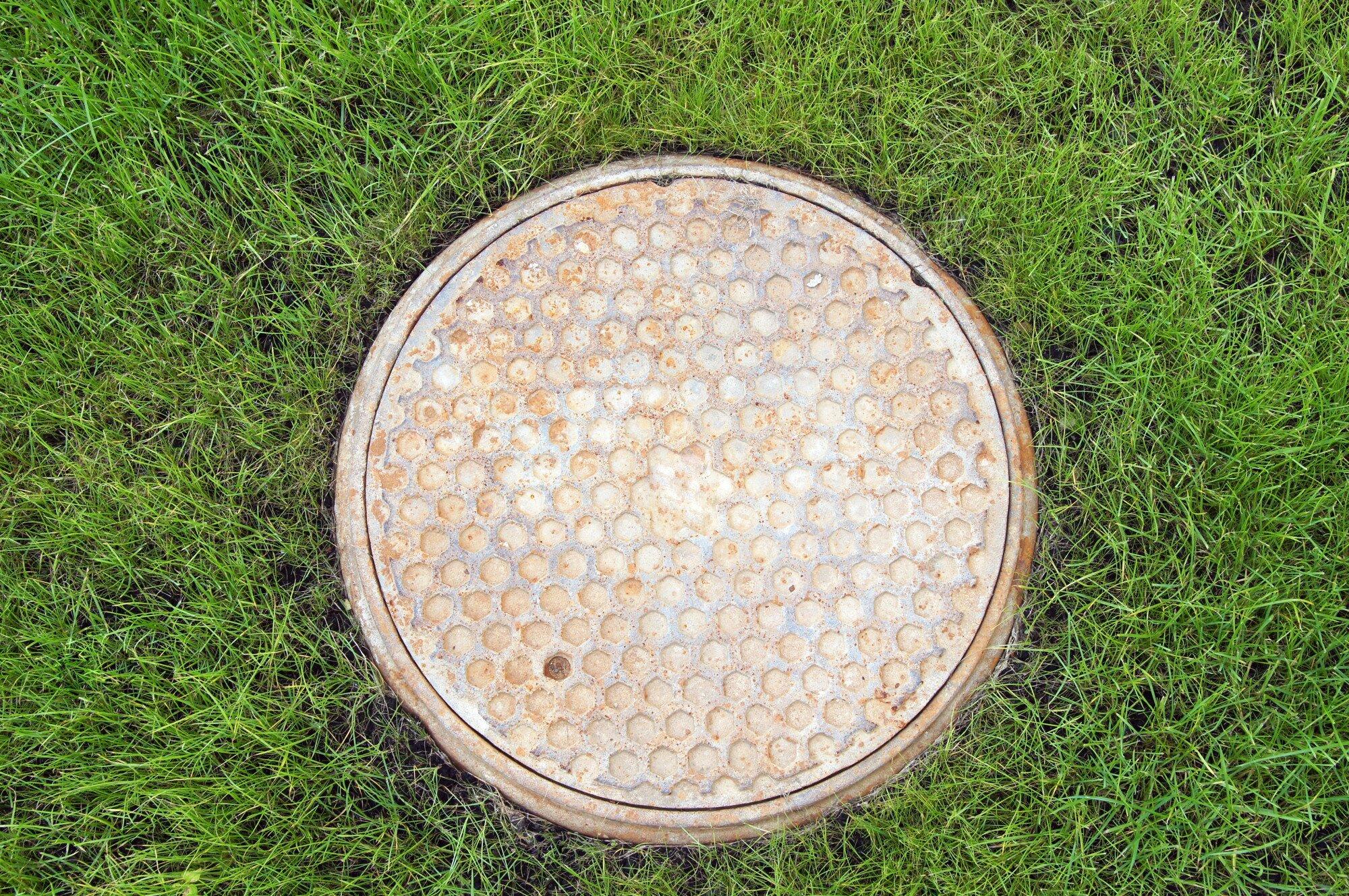Regarding commercial spaces, your flooring is more than a surface. It’s an investment that plays a crucial role in customer perception. But flooring upgrades can also be a lot of investments.
Navigating the process to save money is essential for any business owner. In this comprehensive guide, we’ll explore many strategies and insights. This is to ensure your next commercial flooring installation project.
These cost-saving tactics will ensure a floor that’s as sound as it is appealing. Read on to learn more.
Assessing Your Needs With Precision
Assess your specific requirements. This step will form the foundation of your project. It also allows you to identify the most cost-effective solutions.
Space Use
Understanding how your commercial space is used is essential to determining. You may need durable, low-maintenance materials like vinyl or concrete for heavy-traffic areas. Spaces that rank comfort, such as:
- offices
- retail environments
This might enjoy the warmth and acoustic properties of the carpet.
Maintenance Considerations
Ongoing maintenance can impact the lifetime cost of your flooring. High-maintenance materials like hardwood may have a lower upfront cost.
Long-Term Durability
Choosing a flooring material can reduce the frequency of replacements. This can be costly in terms of not only materials but also downtime and labor.
Keep in mind that while some materials may cost more. Their extended lifespan can provide large cost savings in the long run.
The Power of Professional Consultation
Working with a commercial flooring professional is not only about expertise. It’s also about leveraging their industry connections and knowledge of value-driven solutions.
Finding the Right Partner
Selecting the right store floor contractor can be a game-changer. Look for professionals who have a long track record of:
- completed projects
- positive client references
- portfolio
This demonstrates their ability to work within budget constraints.
Material Expertise
A skilled contractor will be well-versed in a variety of a flooring supply. This can recommend those that offer the best value for your specific needs. They can provide insider insights on cost-saving trends, such as:
- remanufactured materials
- new sustainable alternatives
Negotiating Contracts
Sometimes, the opportunity to save money comes down to the negotiation. A contractor for your floors should be adept at sourcing materials at wholesale prices. They can negotiate more favorable terms for labor costs and project timelines.
Strategic Material Selection
Choosing the right material is critical when balancing cost and quality. Here, we’ll explore several popular materials and their savings benefits.
Vinyl and Linoleum
Vinyl and linoleum are both versatile and cost-effective options. It is ideal for areas where durability and ease of maintenance are a priority.
Modern manufacturing techniques have also made them more customizable. Mimicking the look of higher-end materials like hardwood or stone at a fraction of the cost.
Polished Concrete
Industrial aesthetics capitalize on the sustainable benefits of reusing existing materials. Polished concrete can present significant cost savings, exceptional durability, and easy maintenance.
Choose the Right Professional Commercial Flooring Installation
In conclusion, upgrading your commercial flooring installation can impact your business. By assessing your needs, you can ensure a successful flooring project that meets both your aesthetic ambitions and budgetary requirements. Remember, investing time in planning and research before taking action can lead to large savings without compromising the quality or longevity of your new flooring.
For more helpful tips, check out the rest of our site today!





